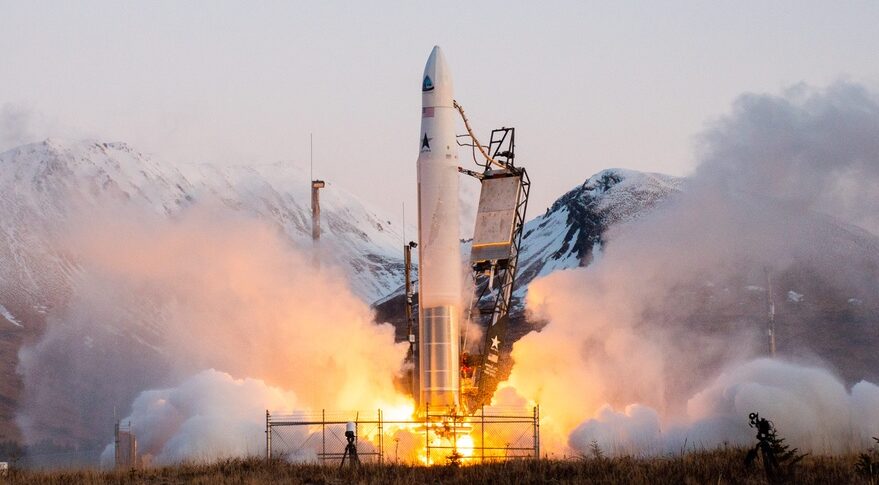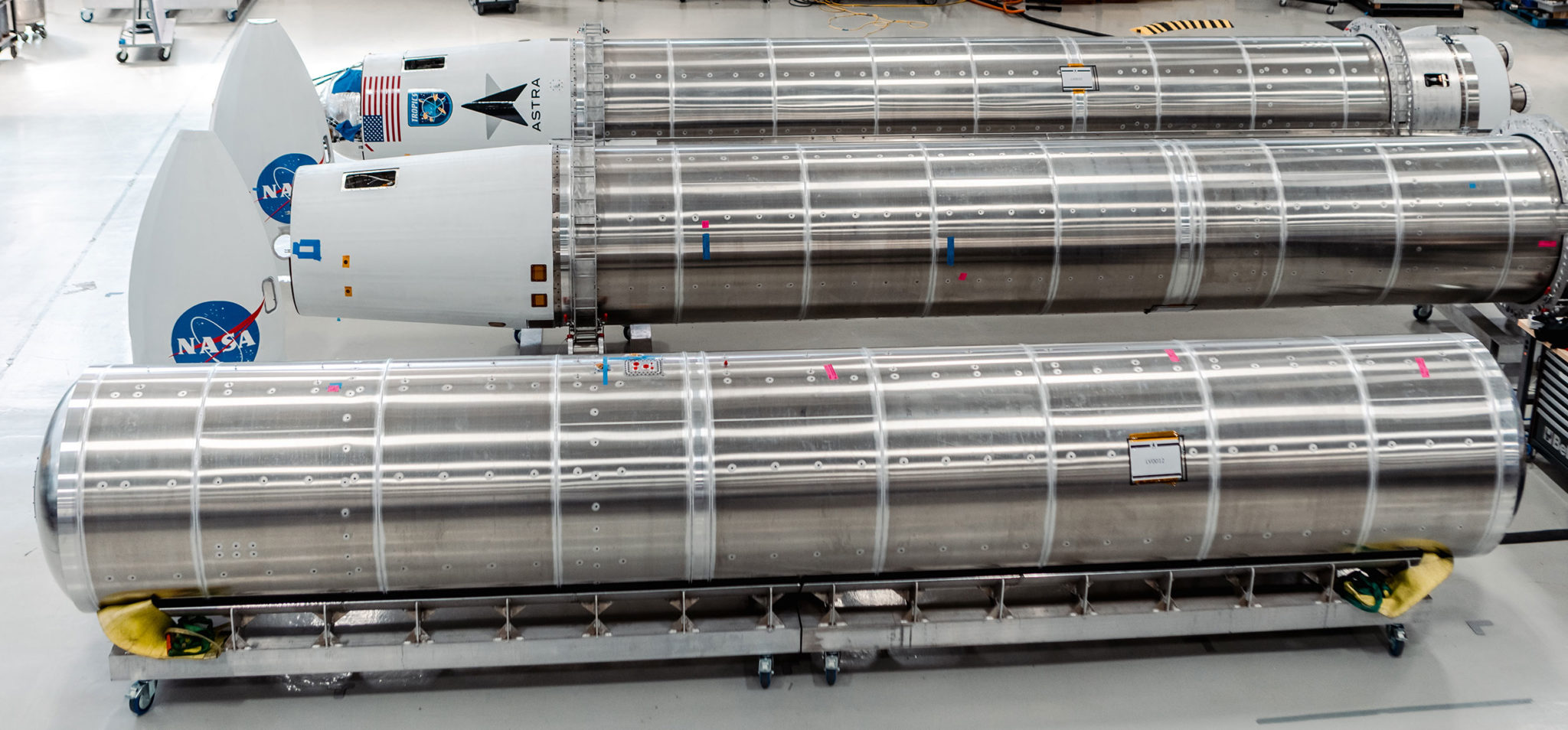
What Exactly Goes Into An Astra Launch?
Launching a rocket is an immensely difficult task that requires a lot of preparation. All of which leads up to a single moment where the rocket either successfully lifts off or fails in a special way. In Astra’s time attempting to reach orbit, they have had some unique launch failures. However, these failures provided the company with invaluable information that they applied successfully to reach orbit for the first time not long ago.
Due to the risk of launching a rocket and the complexity of the mission, rocket companies have a long checklist prior to attempting to take off. Astra just recently highlighted the exact process and how they prepare for the next mission. This includes interesting information regarding the customer, range, weather, licensing, and much more.
Not long ago Astra for the first time managed to reach orbit and deploy payloads. In the past few months, they have continued to improve past this milestone and work towards a more consistent and fast pace future of accessing space. Here I will go more in-depth into the exact preparation for an Astra rocket launch, what to expect, and the future of Astra.
Preparing For Launch

There is a lot that goes into setting up and preparing for a future launch. Recently Astra provided some specific information on how exactly the company decides the next launch date and more. Specifically, only a few days ago on May 6th, Astra tweeted saying, “Rocket launches are a complex, collaborative undertaking that depends on many partners working in tandem with @Astra to achieve readiness before we can announce a timeline. Read more about how we schedule and prepare for launches.” Here they go into more depth on the different factors they have to consider and why it’s so important. The first thing they point out is determining a launch date is not straightforward and publicly announcing that date happens towards the end of a months-long preparation process, not the beginning. In reality, there are many factors that affect the timing of launches. Things like the schedule are typically fluid until specific conditions are met, which is why Astra does not communicate its next launch date until they have confirmed readiness in a few different areas.
These 5 different areas include licensing, customer, range, weather, and Astra. Starting with licensing, which occurs when Astra’s multiple regulators—the FAA, FCC, Air Traffic Control, and Coast Guard—have approved all required licenses and notifications, all of which are required for public safety. The detailed analysis of our trajectory and the radio frequencies we use help to ensure that our rocket does not create a hazard for people who may be near the launch site, and further afield in the path our vehicle takes to orbit. These include notifications to pilots (NOTAM), notifications to sea vessels (NOTMAR) and receipt of both the spaceport/range approval and the launch license. Filing for a license to launch is not a guarantee that a launch will occur. This process as you can imagine is taken very seriously and necessary to ensure the safety of different people. The next area occurs when the customer has prepared its payload for integration into our launch vehicle. Payload readiness includes ensuring that the payload can travel to the payload integration location, that the environment at this location can be controlled, and that the payload can connect and “speak” to the rocket. All of which are important factors to consider before moving on to the next step. The next area occurs when the range and or launch site approves our launch date(s). This approval is contingent on range logistics and capacity, and avoiding conflict with other customers’ schedules. Requesting a launch date is not a guarantee, and those dates we request are often shifted as the range goes through their own deconfliction process. Thankfully for Astra, they have access to more than just one launch pad however it still can be a process working to get access to the range. The next area of consideration that plays a big role in the launch timeline has a very big effect on different missions. Specifically, Astra closely monitors weather reports at the range and or launch site and have to remain flexible if there are forecasted weather events that could be unfavorable to launch, such as heavy wind and lightning. Its also important to point out that if the process of range deconfliction, customer readiness, or licensing causes the projected launch date to change into another month, it impacts the licensing analysis, causing additional licensing work, and further delay of the launch. Lastly, Astra points out that bringing together the Astra Launch System, including a completed rocket, launcher system, and running through their built-in tests and procedures to make sure every component is ready for launch is critical to the success of every mission. Astra’s mobile-first launch system allows for more flexibility than systems that use fixed infrastructure at the launch site. The agility built into the system allows them to flex their scheduling to align with the other partners in this process.
As Astra increases its launch cadence, they are also pushing the boundaries of the support environment, from regulatory agencies to the launch capacity of the ranges. Because of these interdependencies, Astra only communicates dates when they have a reasonably high degree of certainty that they will have met these conditions. Ideally, they announce an exact launch date and are ready to take off on that exact day. In terms of where to find these exact launch dates, the company points out that there is a lot of speculation online about their launch dates and even websites that publish their supposed launch dates. Astra stresses that these websites are not a reliable source of information as they do not have access to all of the data necessary to determine a launch date. Astra will officially announce launch dates on Twitter after they receive approvals from the range and or launch sites and applicable regulatory authorities. Twitter is also the company’s priority channel for communicating launch ops updates.
Astra’s Future

Now that we know the exact process and steps that go into an Astra launch date, we can take a look at the company’s upcoming launches and plans. One exciting mission not far away is the NASA TROPICS mission. TROPICS will allow NASA to create more detailed data on tropical storm development while also proving the effectiveness of multiple smaller satellites working in tandem. Currently, the LV0010 rocket and the first payloads for the NASA TROPICS mission are ready for this launch, and Astra are awaiting approval from the range/launch site and regulators to announce launch dates. Their license with the FAA will cover all three TROPICS missions, which they expect to receive in the next few weeks.
In addition to this upcoming mission, Astra is also working on improving other factors of the launch process such as daily launches. They point out that while there are complexities to announcing the next launch, Astra aims to achieve a daily launch capability by: (a) expanding the number of spaceports, (b) using private and exclusive-use launch sites, (c) leveraging streamlined regulatory processes, such as the FAA’s Part 450 License, (d) using its existing mobile launch capability, and (e) requiring limited infrastructure at the launch site. All five of these steps if worked on could allow Astra to significantly increase their launch cadence. They are already making impressive progress on some of these steps such as using private and exclusive launch sites. Back in late last year, Astra announced that it plans to deploy its first satellite in orbit for the National Aeronautics and Space Administration (NASA) in January 2022. More importantly, the launch was from Cape Canaveral and conducted out of Space Launch Complex 46 (SLC-46). “This historic launch site has been prepared for a new commercial launch partner in less than year, which is a tremendous milestone for our combined team, and illustrates how SLD 45 sets the pace for access to space.” said Brigadier General Stephen Purdy, Commander of Space Launch Delta 45 and Director of the Eastern Range. “SLD 45, Space Florida, and Astra have moved at a rapid speed to demonstrate critical and responsive launch capabilities. We are excited to welcome Astra to Cape Canaveral Space Force Station.” This is just one example of Astra working to improve the company and what they have to offer.
Conclusion
Over the past few years, many of us have watched Astra make progress and begin attempting orbital test flights. While it took a few tries to get it right, the company recently reached a massive milestone and successfully deployed payloads in orbit. Over the past few months especially, Astra has been making a lot of fast progress as they work towards their ambitious goals. Recently they highlighted the extensive process and factors that go into one of the company’s launches. This includes licensing, customer, range, weather, and Astra. We will have to wait and see how it progresses and the impact it has on the space industry.
